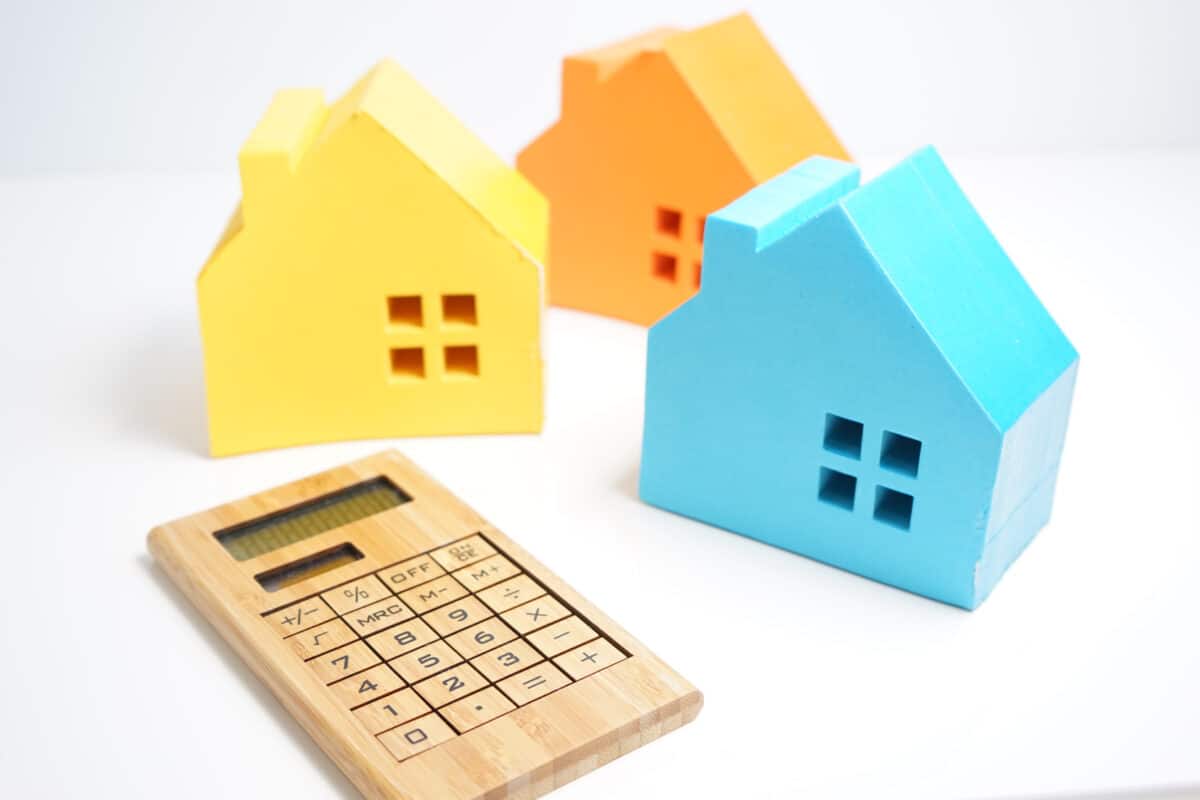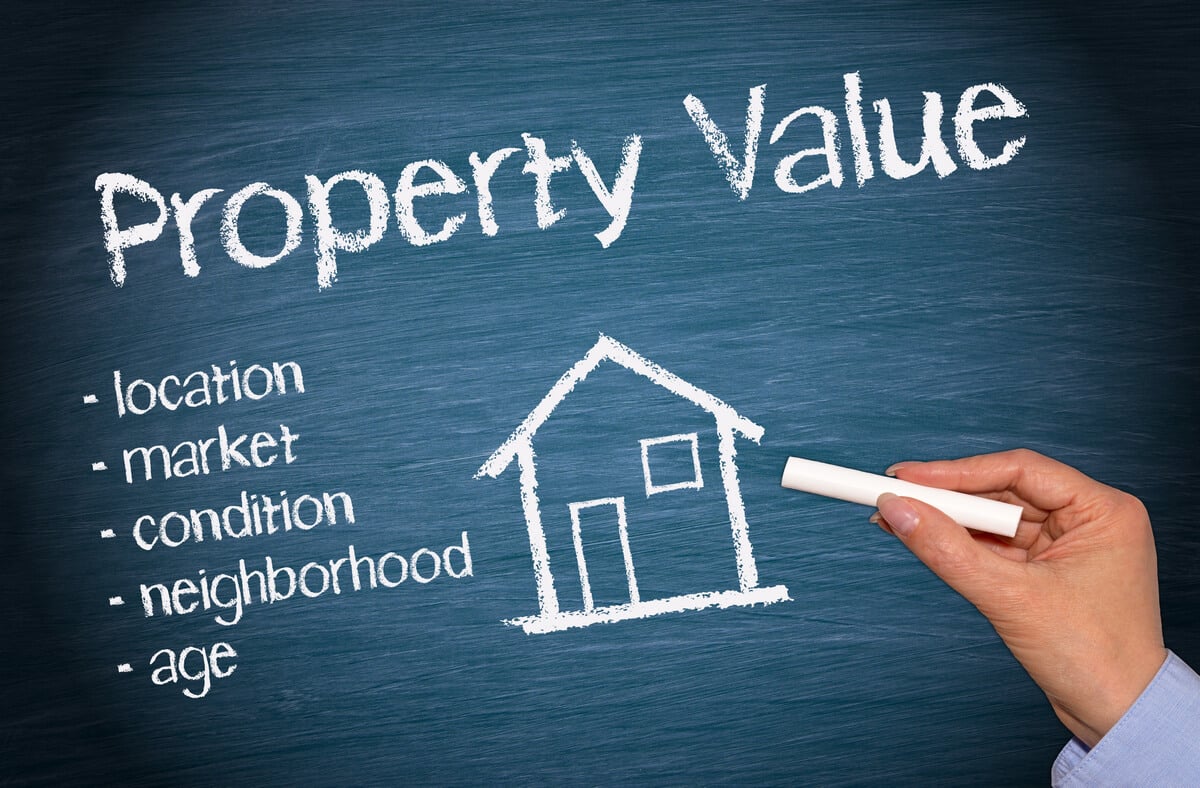The Step-by-Step Guide for First-time Home Buyers in Canada

We all dream of buying our first home at some point. While it’s a memorable time in our lives, it can also be overwhelming. With all the steps to take, it can be hard for first-time home buyers in Toronto or other cities to find a good starting point.
Luckily, this guide will remove all doubt and help you take it one step at a time.
Explore Different Mortgage Options
Understanding the latest mortgage terms and options is crucial for making an informed choice. Here’s a detailed look at the main types of mortgages you might consider:
- High-Ratio Mortgages: Designed for buyers who can make a smaller down payment (less than 20%). These cover over 80% of the home’s value and come with government backing. The trade-off is that they require loan insurance and often have higher interest rates.
- Conventional Mortgages: Typically, they require a 20% down payment and are not insured by the government. They offer flexible interest rates and higher loan limits but come with stricter financial assessments and potentially higher interest rates.
- Fixed-Rate Mortgages: These mortgages have a consistent interest rate throughout the term, providing stable payments and predictability. However, they generally have higher rates and closing costs than variable-rate options.
- Variable-Rate Mortgages: The interest rate on these mortgages fluctuates with market conditions. They often have lower initial costs but come with the risk of payment increases, making them less suitable for those on a tight budget.
- Open Mortgages: Allows for full or partial repayments without penalties, offering flexibility and suitability for short-term ownership. On the downside, they typically come with higher interest rates and less payment stability.
- Closed Mortgages: These have fixed terms and impose penalties for early repayment, which can result in lower interest rates and more stable payments. However, they limit your ability to make extra payments without incurring fees.
- Convertible Mortgages: These allow you to switch from a variable to a fixed rate during the term, combining flexibility with potential cost savings. However, be aware of possible conversion fees and the uncertainty of rate changes.
- Specialized Mortgages: These are tailored for specific groups, like veterans or first-time buyers. They often come with government support but may have restrictions on property types and complex requirements.
- Second Mortgages: An additional loan on a property allows for up to 80% of the appraised value minus the existing mortgage balance. While these loans provide extra funding, they come with higher risks and additional fees.
- Collateral Mortgages: When the loan amount exceeds the property’s value, they simplify the approval process and provide quick access to funds, but they typically involve higher interest rates and potential issues with accessing funds in some situations.
Choosing the ideal mortgage depends on your personal circumstances. For instance, one option may be suited for Ontario properties like Freed Blue Mountain while another may be better for Alberta condos. For many first-time buyers in Canada, a high-ratio mortgage could be advantageous in 2024, as it allows for covering a significant portion of the home’s cost with less initial investment.
Read: The Minimum Monthly Income To Get A 400K – 900K Mortgage In Canada
Pre-qualification vs. Pre-approval
Knowing the difference between pre-qualification and pre-approval can set you on the right path.
- Pre-qualification: Consider this an initial estimate based on your financial information. It’s a rough idea of what you might borrow and helps set realistic expectations.
- Pre-approval: This is more detailed. A lender dives into your finances, including your credit score, income, and debts. You get a specific loan amount and interest rate, making you a stronger candidate when you make an offer on a house.
Several Steps to Getting Pre-Approved
Securing pre-approval for your mortgage involves several key steps. You’ll learn why every step is crucial and how to do it.
- Credit Score Evaluation / Optimization
- Action: Review your credit score.
- Why: A score of 660 or higher is typically required for the best rates.
- Tip: Understand how your credit score influences the interest rates and terms you can receive.
- Document Preparation
- Action: Gather and organize necessary financial documents.
- Needed Documents: Income statements, tax returns, and bank statements.
- Why: Lenders need these documents to assess your financial health and loan eligibility.
- Budgeting
- Action: Use a mortgage calculator.
- Why: To see how much you can afford based on your savings, the mortgage type, and the home’s price (In our example, Freed Blue Mountain Prices).
- Tip: This helps you understand your budget and set realistic expectations.
- Lender Selection
- Action: Research various lenders or consult a mortgage broker.
- Why: To find the most favourable rates and terms suited to your financial situation and the type of property you’re interested in (Townhouses, pre-construction condos in Vaughan, etc.).
- Tip: Compare offers to ensure you get the best possible deal.
- Application Submission
- Action: Complete and submit your pre-approval application.
- Documents Needed: Include income verification, tax returns, credit reports, and asset statements.
- Why: These documents help the lender make a decision on your pre-approval.
- Securing the Pre-Approval
- Action: Obtain your pre-approval letter.
- Content: This letter will specify the maximum loan amount and interest rate you qualify for.
- Benefit: Provides clarity on your borrowing power and helps streamline the home-buying process.
- Looking into the Neighbourhoods and Properties
- Action: Begin exploring potential homes and neighbourhoods.
- How: Look for properties within your budget, including the amount you’re pre-approved to borrow.
- Tip: Knowing your pre-approved amount helps narrow down your options and make the home-buying process smoother.
Determine Your Tolerance Using the Mortgage Stress Test
The Mortgage Stress Test ensures you can handle potential increases in interest rates. As of June 2024, the stress test benchmark is either the government rate of 5.25% or your lender’s rate plus 2%, whichever is higher. Recent updates include:
- Exemption for Insured Mortgage Renewals: Homeowners with insured mortgages can renew without undergoing the stress test.
- Canada Mortgage Charter: This initiative aims to enhance transparency and fairness in lending practices, giving first-time buyers more control and clarity in their mortgage decisions.
Evaluate Your Financial Health
Your home-buying journey starts with a thorough look at your finances. This means assessing your income, expenses, debts, and credit score to see what you can afford.
Income and Expenses Breakdown
- Monthly Income: Calculate your take-home pay after taxes. Don’t forget to include other income sources like pensions or dividends.
- Fixed Expenses: These are your monthly must-pay bills, like rent, insurance, and loan payments.
- Variable Expenses: These change from month to month and include things like dining out, travel, and entertainment.
A budget calculator can help you determine your net monthly income after expenses.Monitor Your Debts and Credit Scores
Keeping tabs on your debts and maintaining a good credit score are essential steps in qualifying for a mortgage with favorable terms.
Debt-to-Income Ratio (DTI)
Your DTI ratio shows how much of your income goes toward debt. Calculate it by dividing your total monthly debt payments by your gross monthly income. A lower DTI ratio is better, as it shows a healthy balance between debt and income.
Check Your Credit Score
A good credit score is crucial. Scores above 660 are generally good, but 760 and above will get you the best mortgage rates. Check your credit report regularly to correct any mistakes and improve your score if needed.
Read: How to Buy a Condo with Bad Credit in Canada: A Roadmap for Homebuyers
Craft a Budget and Savings Plan
With a clear picture of your finances, the next step is to create a budget and savings plan that fits your homeownership goals.
Budgeting for Your Home
Factor in all the costs of buying a home. The 50/30/20 rule is a handy guideline:
- 50% for Needs: Essential expenses like housing, utilities, and groceries.
- 30% for Wants: Non-essential spending like dining out and entertainment.
- 20% for Savings and Debt Repayment: Money set aside for savings and paying down debts.
Set Some Savings Goals
Decide on your short-term and long-term savings goals based on your dream home and its location. To use the previous example, your savings goal for a home like Freed Blue Mountain condos would be much different from a single-family home in Richmond Hill. Include costs like down payments, closing fees, and maintenance. Setting clear goals helps you save efficiently without straining your finances.
Affordability calculators can help you understand how much home you can afford. Input details like the listing price, down payment, amortization period, and mortgage rate to get an estimate of your monthly payments. This helps set realistic expectations and plan your budget.
Prepare for Down Payments and Closing Costs
Aside from your mortgage, be prepared for additional costs like down payments and closing costs.
Read: The Down Payment Playbook For Canada’s Housing Market
Down Payment Requirements
Down payments typically range from 5% to 20% of the home’s purchase price. Saving for this requires disciplined planning.
Closing Costs
Closing costs can be around 3% to 4% of the listing price and cover fees for inspections, appraisals, and legal services. Being prepared for these costs ensures a smoother buying process.
Smart Saving Strategies
Here are two effective ways to build your savings for a down payment:
- Tax-Free Savings Account (TFSA): Save money with tax-free earnings to maximize your savings.
- Registered Retirement Savings Plan (RRSP): Under the Home Buyer’s Plan, you can withdraw up to $35,000 from your RRSP for your home purchase without immediate tax consequences.
Take a Look at the Available Government Programs
Several government programs can assist with buying your first home, offering various forms of support:
- First-Time Home Buyer Incentive: Although this program, which provided interest-free loans to enhance down payments, ended on March 31, 2024, other options like the First Home Savings Account (FHSA) are available.
- Home Buyers’ Plan (HBP): Allows first-time buyers to withdraw up to $35,000 tax-free from their RRSP for a down payment, with a 15-year repayment term.
- Home Buyers’ Tax Credit (HBTC): Provides a tax credit of up to $5,000 for home purchases. Eligibility requires that neither you nor your partner has owned another home in the past four years.
- GST/HST New Housing Rebate: Offers rebates on new homes or significant renovations, available to all buyers. In Quebec, first-time buyers can also claim up to $750 in tax credits.
- Provincial and Territorial Incentives: These include land transfer tax rebates. In Ontario, first-time buyers can receive a refund of up to $4,000 on the first $368,000 of the home’s value, with additional municipal land transfer taxes potentially applying in cities like Toronto.
Shortlist Some Neighborhoods
Choosing the right neighbourhood is as important as finding the right home. Investigate potential areas thoroughly by looking into factors such as transportation options, school quality, and nearby amenities. Popular choices for first-time buyers include homes in areas like Barrhaven and Vanier in Ottawa or condos like Gates of Nobleton in Nobleton. Your ideal location will depend on your budget and lifestyle preferences.
Get All the Needed Documents for Pre-approval
Gather all necessary documents, such as proof of income, employment records, credit score, and financial details, to streamline your application with lenders. This pre-approval will give you a clear idea of your borrowing capacity and strengthen your position when making offers.
Find a Suitable Agent
Next, seek out a skilled VIP real estate agent. Finding someone with a strong track record and local expertise is essential. Your agent should be approachable and knowledgeable about the areas and property types you’re interested in (A high-rise Toronto condo, a single-family home like Courts of King’s Bay Port Perry, etc.). They will be key in guiding you through the buying process and helping you find the right home.
Platforms like Platinum Condo Deals can help narrow down your search to homes that fit your financial and personal criteria. Once you have found a suitable home, they will arrange in-person visits and collaborate to ensure you get the best possible deal.
Read: Platinum & VIP Access in Pre-Construction: What It Means
Arrange for a Home Inspection
Once you secure the negotiations, arrange for a home inspection. This inspection is vital for uncovering any potential issues with the property’s condition, which can push you to seal the deal or request repairs before going further.
Isn’t Appraisal the Same as Inspection?
No, they’re actually different things. Suppose you’re buying an Ontario property called Lindsay Heights Homes. A home inspection examines the property’s condition, revealing any structural or system-related issues that may need addressing. On the other hand, an appraisal assesses whether Lindsay Heights’ price list aligns with its current market value and condition. Both evaluations are crucial for making a well-informed purchasing decision.
Handle the Laws & Taxes
Legal and tax considerations are crucial elements of the home-buying process that are often overlooked. Here are some key things to consider:
- Property Taxes: Property taxes, which fund essential local services, range from 0.75% to 2% of your home’s value and are typically paid annually or semi-annually. Ensure you account for these costs in your budget.
- Legal Documents: Title searches, drafting purchase agreements, and handling closing documentation are some of the legal elements involved in buying your first home. It’s best to consult with a real estate lawyer to review all legal documents to safeguard your interests throughout the transaction.
- The Underused Housing Tax (UHT): This tax targets properties that are not rented out or occupied for over six months annually. While this tax primarily affects non-residents, Canadian owners may also be impacted in certain scenarios. Ensure you file your UHT returns by April 30 each year to comply with regulations.
- The Residential Property Flipping Rule: This rule aims to limit speculative buying by taxing profits from properties sold within a short timeframe, typically less than a year. This measure seeks to stabilize the market and reduce rapid property flipping.
Read: Why You Need a Real Estate Lawyer for Your Property Purchase
Get Financing & Seal the Deal
Complete the financing process with your lender after finalizing your decision and handling the legal side. Before moving forward, ensure that all terms of the mortgage are clear and agreeable. Finally, you’ll enter the closing phase, where you’ll sign the necessary documents and officially take ownership of your new home.
Wrapping Up
Here’s a simple, step-by-step home-buying process for first-time buyers in Canada. By following these steps and considering all factors, from mortgage pre-approval to legal and tax implications, you’ll be well-prepared to buy your first home with minimal hassle! If you need any help, don’t hesitate to reach out to our experts at Platinum Condo Deals.
Jatin Gill, an esteemed authority in real estate writing, is celebrated globally for his unparalleled expertise. With over 20 years in the industry, he has authored more than 1,000 SEO-friendly articles covering every facet of real estate. Specializing in pre-construction projects, Jatin's extensive knowledge spans all real estate topics. His content is a go-to resource for anyone seeking comprehensive, insightful, and up-to-date information in the real estate market.
Learn MoreAdditional Resources















Awards & Achievement











